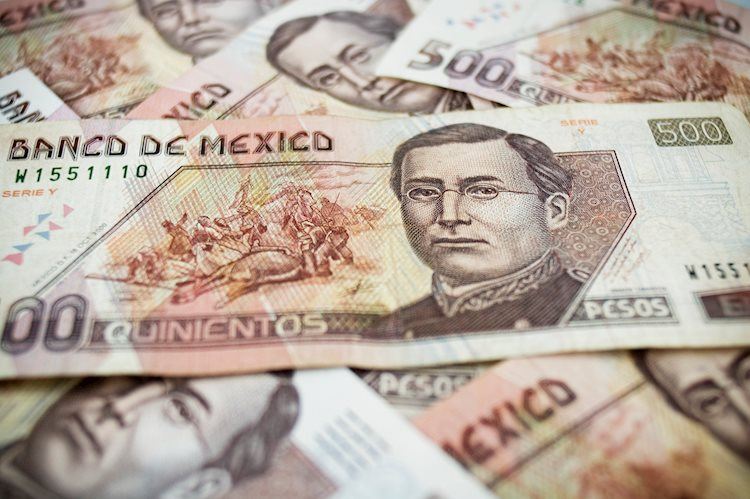By Leonidas Stergiou
New loans of 1.4 billion euros to companies were disbursed in the first two months of the year, according to data from the Bank of Greece, while the data of the four systems show that the total amount in the first quarter exceeded 2.5 billion, with net credit expansion to be positive by EUR 869 million.
Credit expansion to businesses appears to have increased by 25%, on an annual basis, in the first quarter, mainly through large loans (over 1 million euros) with regular maturity and with an increase in disbursements to small and medium-sized enterprises. The Pan European programs, which offer high rates of guarantees (35% -75%) and a low interest rate through the European Investment Bank, have contributed positively to the latter and especially to the small ones.
Small businesses
According to market data, loans to small businesses in the first quarter exceeded 320 million euros, an increase over the last quarter. In fact, according to information, almost half of them were disbursed in March due to the Pan European programs. The target for this year has been set at 2 billion euros. It is recalled that disbursements to small businesses in 2021 had amounted to about 1.4 billion euros
To small and medium enterprises
The increase in loans to small and medium-sized enterprises began to show from the first two months. Last year, in the first two months, 36% of new loans were related to small and medium enterprises, while in the first two months of 2022, this percentage increased to 46%. The same trend was maintained in March and, according to information, is maintained to this day.
Big companies
In terms of large companies, new loans exceeded 2 billion euros in the first quarter, with an annual target of around 3-4 billion euros, ie between the amount of 2019 (4.5 billion. ) and 2021 (1.7 billion). The mix that composes the trends in demand and loan disbursements is different from last year, but also from the first two months.
Tourism
However, the preparation for tourism and the increased liabilities due to price increases are the two main forces that prevail in financing at this time. Indicatively, it is mentioned that after the negative net credit expansion of January by 1 billion (despite the new disbursements of 800 million euros), in the next two months of February-March, a positive credit expansion of 1.8 billion euros took place. At the same time, the companies used their own liquidity (approximately 800 million).
According to the banks, the combination of accuracy, uncertainty and preparation for the tourist season, the greatest demand for loans comes from the sectors of trade, transport, energy, catering and hotels. At the same time, there is demand from other sectors due to investment plans, such as that of infrastructure.
Uncertainty and inflation
How the financing will move in the coming months depends on the geopolitical developments, the energy crisis and inflation, but also on the course of interest rates. According to bank executives and the Bank of Greece, inflation creates conditions for increased demand for lending. The first reason is that liabilities are increasing. The second reason is that the real cost of borrowing is declining. As inflation rises, it is not in the interest of capital to remain liquid (negative real deposit rates), so they will have to invest, even with financing. Thus, part of the higher lending rate would be “eaten” by inflation.At the same time, banks today offer loans – business and retail – at a fixed interest rate for the duration, but uncertainty, both for geopolitical developments and interest rates , has a negative effect.
The trends of the quarter
Regarding the first quarter and until today, the main factors that compose the trends are the following:
Firstthe large disbursements in the first months are mainly due to existing agreements from 2021. For example, only one systemic bank disbursed loans of 1.3 billion in the first 2 months related to already closed agreements.
Secondly, investments through the Recovery Fund create greater financing needs overall, but bank loans are limited, as investments are co-financed and there are many subsidies. For example, for an investment plan of 100 euros, the bank loan corresponds to 30 euros, while the remaining 70 come from the Recovery Fund (50 euros and own participation 20 euros). Thus, the banks’ targets for loans under the Recovery Fund (mainly for large companies) do not exceed the total amount of 1-1.5 billion euros for 2022. The remaining amount up to the annual target of 3-4 billion euros will apply to loans to large and small companies outside the Recovery Fund.
Thirdly, tourism and related businesses in general (hotels, restaurants, transport) are preparing for a good summer tourist season, so the balance of costs (investments, stocks) and lost revenue is different from other industries. For this reason, there is an increase in demand and disbursement of loans in these sectors.
Fourth, rising interest rates and uncertainty in the markets make it difficult for some industries and companies to think about raising capital, eg through bonds or stocks, and turn to bank lending. This has been helped by the business loans that have been launched with a fixed interest rate, but concern small and medium enterprises.
Fifth, since the end of the war in Ukraine in late February, uncertainty has increased, which is expected to slow down the demand for loans, which are mainly related to investments. This, perhaps, appears in the data of the second or third quarter and depends on the duration and inclusion of developments. The phase difference is mainly due to the time between the decision to invest, negotiate with banks and disbursement.
Sixth, the energy crisis has caused significant increases in raw materials, production costs and investment costs in general. This is a deterrent to some investments, while in others, precision creates greater financing needs.
Seventh, shortages of supply chain problems, in addition to cost increases, are related to inventory scheduling and preparing businesses to be ready to meet demand. The amount of stocks and the demand response rate depend on the purchase cost and the lost profit from unsatisfactory demand. These data are different for each industry and business.
Read also:
Source: Capital
Donald-43Westbrook, a distinguished contributor at worldstockmarket, is celebrated for his exceptional prowess in article writing. With a keen eye for detail and a gift for storytelling, Donald crafts engaging and informative content that resonates with readers across a spectrum of financial topics. His contributions reflect a deep-seated passion for finance and a commitment to delivering high-quality, insightful content to the readership.






